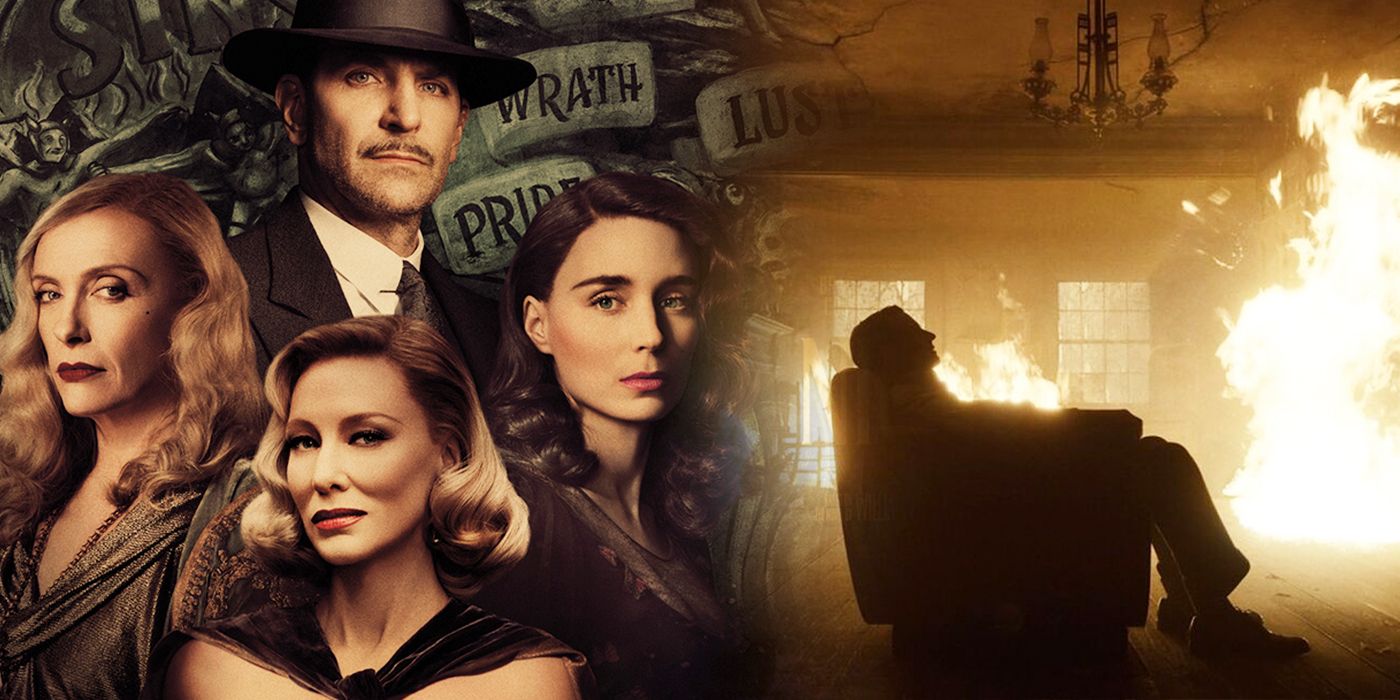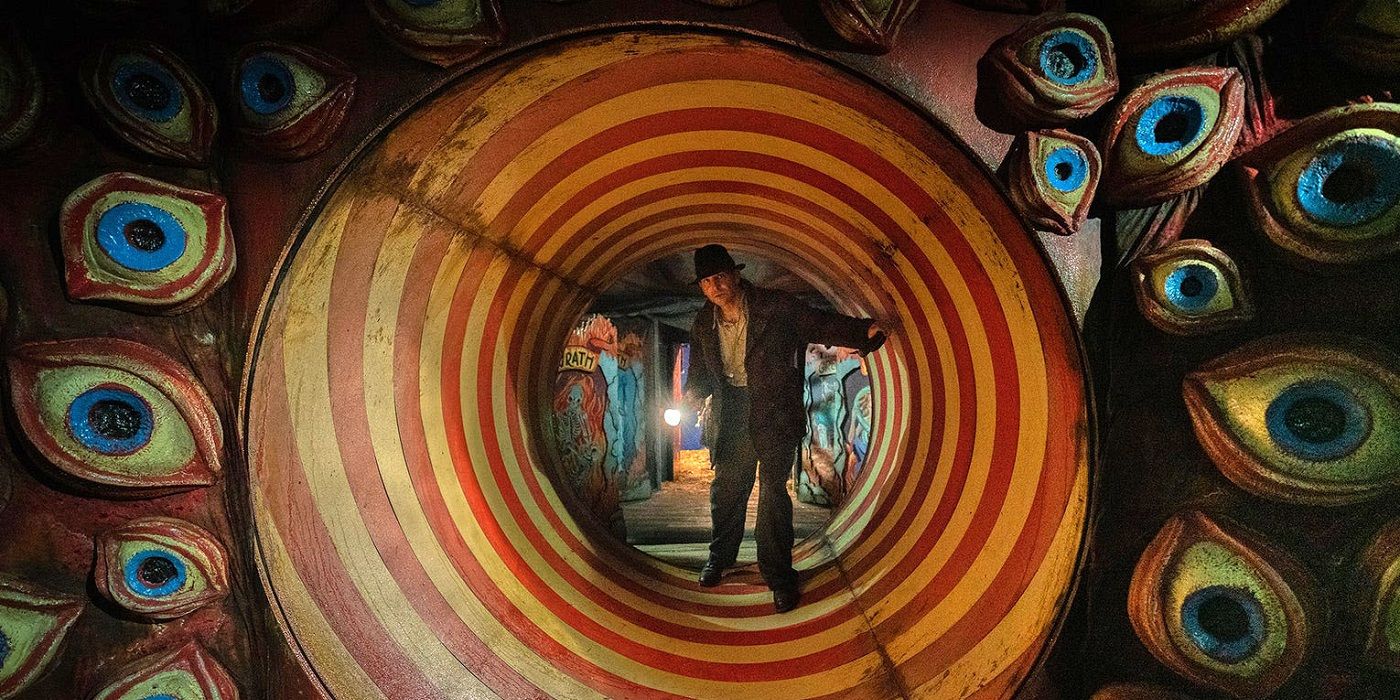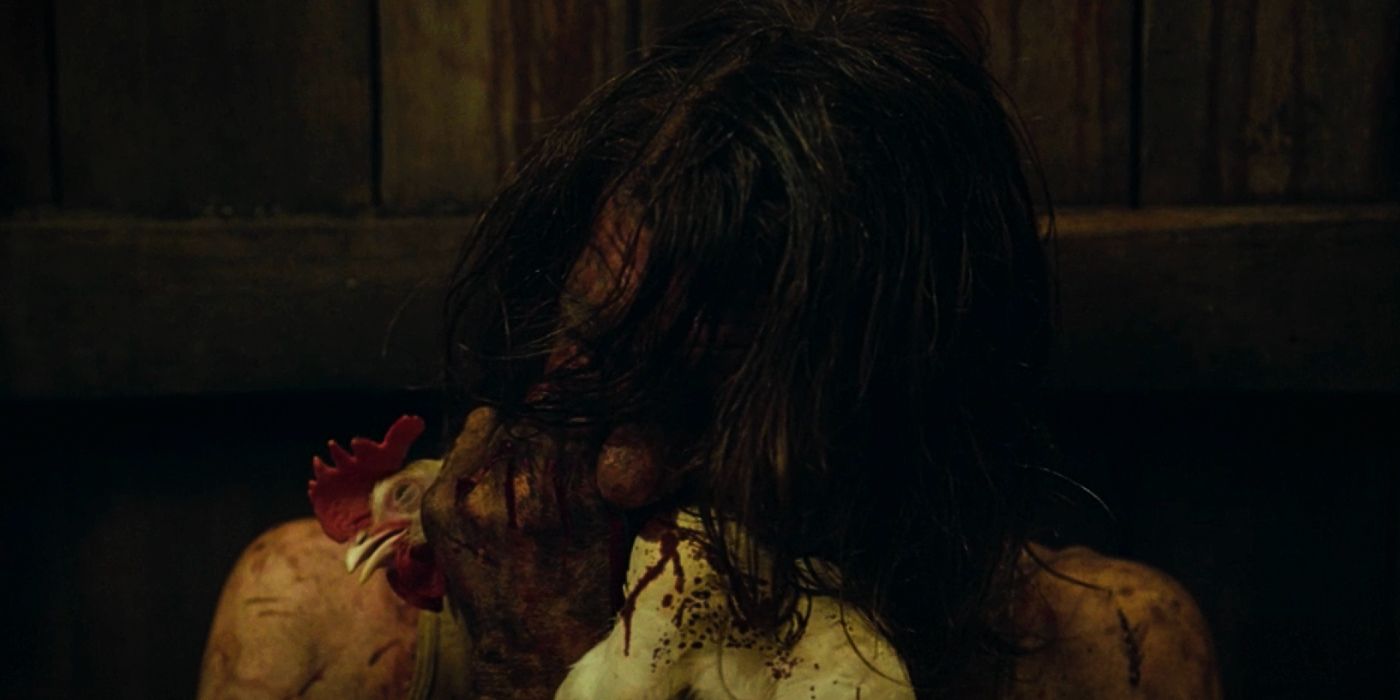Oftentimes movies can take dramatic license with historical mechanics because the purpose of a commercial film is not to chronicle a series of events for the purposes of education or accuracy. Non fictitious elements can be used sparingly or in great abundance and none of it carries any responsibility to be completely true to the experience it is depicting. Most audiences are sophisticated enough to assume anything seen on screen is more than likely a departure from what actually took place, in the event the work treads upon some aspect of the past. It is for this reason that it can be truly terrifying to find out that something presented in a film in all its gory detail is in fact wholly accurate.
Guillermo del Toro's most recent film, Nightmare Alley, about a drifter with a dark past who learns the art of the con while discovering the darkest corners of carnival culture and is forced to come to terms with the evil in his own soul, does exactly that. The depraved subjugation of the carnival geek is delivered with unblinking, remorseless brutality but it also provides a lost historical context for a word that has entered into the common vernacular entirely detached from its inhumane origins.
The first usage of the word "geek" in the American lexicon happened sometime in the early to mid nineteenth century and is derived from the German word geck, which translates as a fool or simpleton, and was always associated with what used to be called freak shows. These attractions were usually comprised of individuals who had specific medical anomalies that made them distinctive. The Elephant Man is perhaps most famous among them, a British man born Joseph Carey Merrick, who suffered from Proteus Syndrome whose physical manifestations included large facial protrusions. More common conditions included microcephaly, those born with heads proportionately smaller than average, ectrodactyly or limbs that ended in claw like appendages, conjoined twins and gigantism. Many real life performers appeared in Tod Browning's 1932 Freaks, which aided in creating a degree of fame and controversy.
A geek however stood apart in that they were baseline individuals that audiences could see themselves in but who would put themselves in unusually bloody and dramatic circumstances. They were considered to be the least skilled of those in a sideshow but also potentially the most captivating because they alone among the other performers were relatable to the spectators, providing shades of empathy and horror. A geek was confined to an intimate space where he idled along in wildness besides snakes, rats or chickens and would bite their heads off as the show reached its climax. The performance intentionally teetered between the balance of nearness and distance, never allowing the audience to feel completely safe or removed from the disturbing scenes they were witnessing.
This dichotomy is where the etymology of the word takes shape. In a land of the bizarre, the geek was an outlier who chose the fringes or was cast out because of their inability to establish rapport with the wider world. As anthropologist Emma Backe described it “The identity of the geek, therefore, has historical precedents in stigma, exclusion and nonconformity,” and would later carry this connotation along with it while shedding the abuses and exploitations that birthed their existence. Geeks were more often than not alcoholics or addicted to narcotics and forced to live in squalor, little better than animals.
In del Toro's film, which is an adaptation of a 1947 film and a 1946 book of the same name, Clem Hoatley is the prime barker of a traveling carnival saturated in a miasma of predation. He is sharp eyed with an agile mind that is constantly calculating the angles and an instinct for talent that has allowed him to collect an impressive motley of dead enders who are each remarkably skilled in their craft of graft. Clem immediately took notice of Stanton Carlisle, a lost young man who was drawn to the oddity and freedom of the space the barker had cultivated for his adopted family. The first attraction that truly captivated Stan was the geek show, marketed to the masses as a missing link like creature that defied definition as man or beast but was perhaps some amalgam of the two, but whose true origins, linked inextricably to Stan's ending, were much more horrifying.
Clem confides in Stan with grim detail how one nurtures a geek into a sideshow mainstay, satiating Stan's grim curiosity. One must find a devoted alcoholic from nightmare alleys, train tracks, flophouses, anywhere dirty and desperate essentially. In the next step of creating a willing slave, one laces their alcohol with a drop of opium tincture which will create a stronger dependance over time. Lastly, a geek cultivator teases replacement before offering up a fresh chicken and allowing the fear of separation from the opiate and the expectations of their "master" to do the rest of the work for them. Though the opiate itself isn't codified as concretely, the rest of the process is painstakingly detailed in the annals of history.
Chickens were cheap and so therefore were often used much more frequently than snakes or rats but the close proximity to unwashed animals meant that the geek was often beset with disease in combination with their otherwise alcohol induced ill health. Geeks themselves were readily replaceable and were often only paid in alcohol which kept them tethered to their occupation as surely as a stake planted in the ground linked to an iron collar around their necks. Doling out alcohol in needy increments also enabled the freak show director to calibrate the spectacle to their specifications, so the biting off of heads and drinking of blood were often the dizzying crescendo of withdrawal being abused to maximum effect. Nightmare Alley determinedly shies away from nothing in its depiction and the term geek actually owes its mainstream introduction into the vernacular to the original film, but has effectively been removed from its sordid inception.



